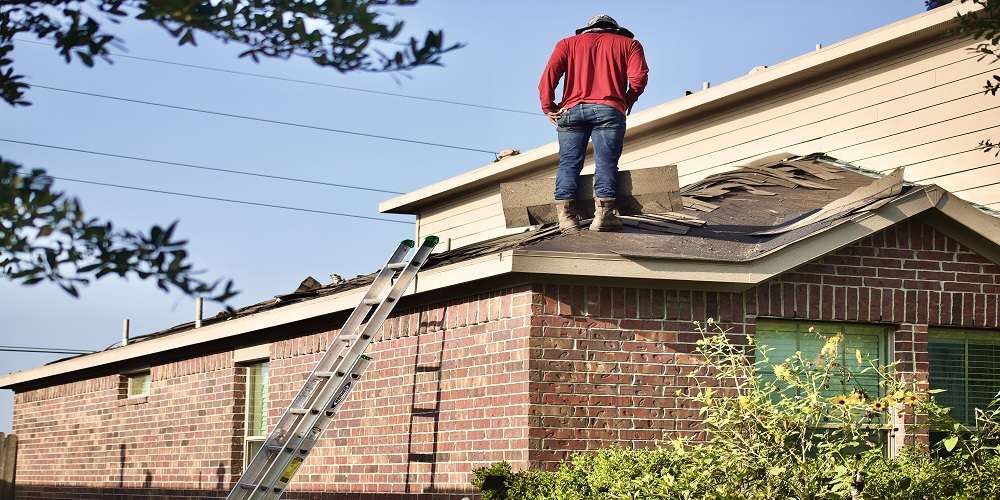The roof is one of the most important parts of a home, and it’s important to get it right. If you are just getting started with the fundamentals of roofing then it can sound a little difficult at first. Here are 6 tips for DIY roofing that can help you and your family stay safe:

1. Roof condition
Before you begin working on your roof, make sure that it’s in good condition.
You should be able to see a clear path of the roof from the ground and that there aren’t any holes or cracks that could cause water damage.
2. Work area
Have an area where you can work on your roof without disturbing anything around you.
When you’re working on your roof, make sure it won’t interfere with anything else in your home – if possible, choose an area with easy access to tools and materials so that you don’t have to worry about moving things around unnecessarily.
3. Safety before all else
Wear proper safety gear when working above ground level. Roofing materials and tooling can be pretty heavy. If you need to move one in any way (even if it doesn’t need moving), make sure you wear proper safety gear like goggles and gloves as well as a dust mask or respirator when doing so!
Also, keep pets away from any work.
4. Know the materials
Roofing projects cost more than most other home improvement projects because of the material itself and because they need special care in order to stay durable and waterproof over time.
- If you’re building a new house, you’ll want to make sure that you’re using quality materials that won’t need replacing later on down the road.
- If you’re doing repairs or maintenance on an existing house, then you may not have these concerns at all — but still don’t skimp on quality when it comes to your roof!
You need to choose a type of roofing material that matches the look, style, and durability of your home.
For example, if you want a classic look with a slate roof, you’ll want to choose a product that is made from 100% natural slate.
5. Roof types
There are several different types of roofs out there: asphalt shingles, wood shakes, tiles, and more.
Each one has its own unique benefits and drawbacks — so it’s important to do your research before making any decisions about the type of roof.
6. Climate considerations
If your area has high humidity and little rain, then you may want to consider installing metal roofs or synthetic shingles. If you live in an area that gets plenty of rain and snowfall, then wood shakes or cedar shakes are likely the best choices for you.
In conclusion
Though there is a lot more to it than these six tips, these will get you started without having to face any big problem
Roofing can take time, so make sure you are prepared with proper planning, schedules, and an estimated budget with a detailed breakdown to keep the bills in check.
Most importantly, if it’s your first time then keeping your expectations practical is always better. If you are in Pickering, find good Pickering roofers to help you along the way.









